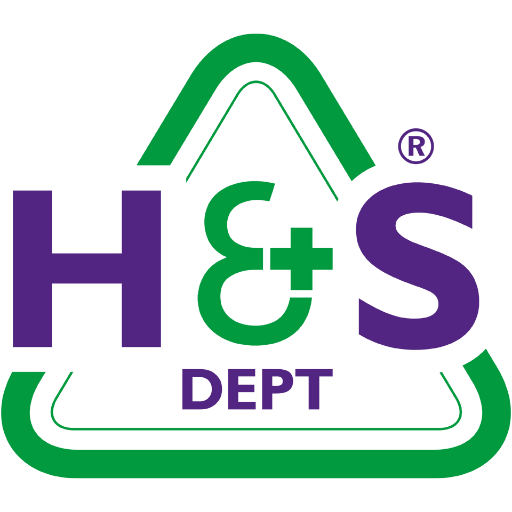The Carbon Monoxide and Gas Safety Society in the UK claims that since they began, in 1995, recording numbers of unintentional carbon monoxide poisoning deaths, there have been officially 733 deaths (up until August 2024). They note that there has been a significant decrease in deaths in the last 10 years (on average 8.5 deaths a year).
Last month, a Scottish local authority was fined over £13,000 after pleading guilty to a carbon monoxide leak at a primary school within its responsibility in February 2020. The Health and Safety Executive (HSE) and Gas Safe Register investigators concluded that one of the gas boilers on site was leaking due to a lack of maintenance.
Whilst several members of staff and pupils of the school became unwell during the incident, there were luckily no fatalities. It was determined in the subsequent investigation that had the boiler been properly maintained, the leak would have been discovered much earlier.
On discovery, the boiler would have been classified as immediately dangerous in line with the Gas Industry Unsafe Situations Procedure (GUSP), been disconnected and repaired so it was fit for use, thus keeping staff and pupils safe at the school.
A key learning point from this unfortunate incident should be that employers and landlords have clear responsibilities when it comes to gas safety. Let’s take a look at what is required.
Responsibilities of employers
The HSE has a set of guidance for employers regarding the safe installation and use of gas systems and appliances. Ultimately the guidance says that effective maintenance of gas appliances most commonly involves regular inspections and any necessary corrective work.
In the Gas Safety (installation and use) Regulations 1998 by the HSE, it states in Regulation 35; “It shall be the duty of every employer or self-employed person to ensure that any gas appliance, installation pipework or flue installed at any place of work under his control is maintained in a safe condition so as to prevent risk of injury to any person.”
It is worth noting that these regulations further support other workplace-related safety responsibilities, including the Health and Safety at Work etc Act 1974 and Provision and Use of Work Equipment Regulations 1998.
As ever, a thorough risk assessment should be carried out for all gas appliances and will include a maintenance regime as standard practice.
Effective maintenance should include at least:
- Inspection of the physical condition and safe functioning of appliance(s), installation pipework, ventilation and any flue for degradation;
- Carrying out performance tests;
- Taking the necessary corrective action.
Responsibilities of landlords
Landlords have two main duties when it comes to gas safety. You must ensure that there are annual safety checks on gas appliances and flues, and the ongoing maintenance of them. You should also ensure that a record is kept and/or issued.
If a workplace is leased from a landlord, then it maybe that there is a contractual arrangement between the landlord and tenant (employer/self-employed person) which clearly states the responsibilities regarding gas safety to avoid any ambiguity for either party.
Next steps
If you are responsible for gas appliances as an employer, or as a landlord, and need support with risk assessments or guidance designing a testing regime, then we are here to help. Contact The Health & Safety Dept today to get started.

